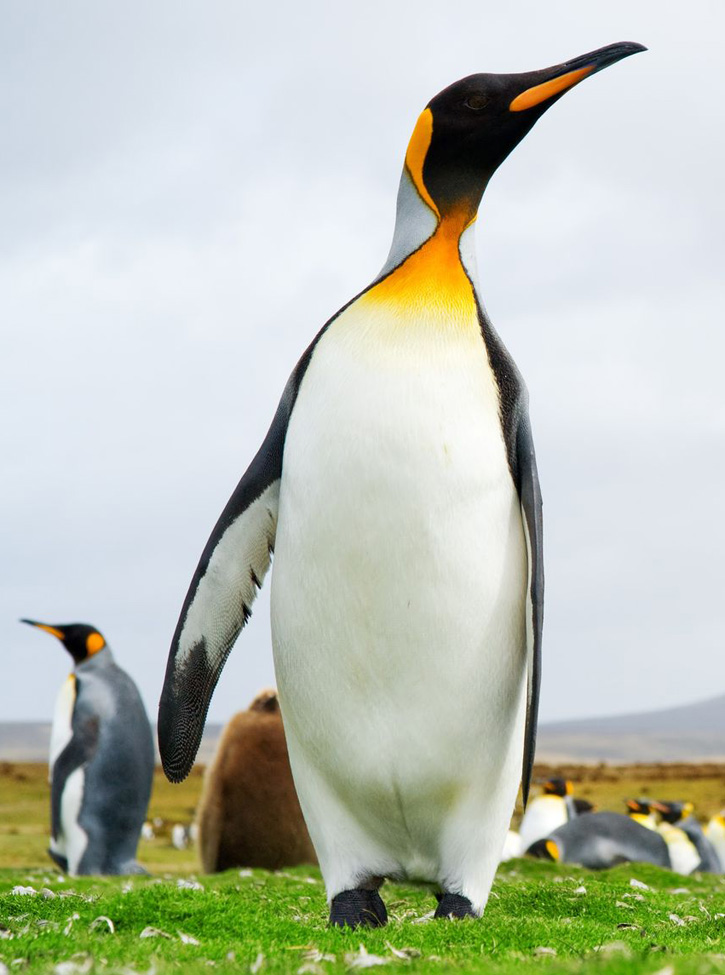Nearly the entire Patagonian coastline abounds in wildlife, with elephant seals, penguins, sea lions, and birds. These are the destinations for prime wildlife viewing.
On Argentina’s Atlantic coast, the Península Valdés is a World Heritage Site famous for southern right whales, which breed and birth here during the winter months. Yet at different seasons, there are also orcas, elephant seals, Magellanic penguins, and sea lions, while grazing guanacos and sprinting rheas roam the interior grasslands.

Elephant seals are just one of the species you may spot at Península Valdés, Argentina. Photo © David, licensed Creative Commons Attribution.
The South American continent’s largest single Magellanic penguin colony is a top destination for penguin watchers. (A quarter million pairs come ashore each spring to nest!) In addition, giant petrels, kelp and dolphin gulls, king and rock cormorants, oystercatchers, and steamer ducks all breed here.
In Chubut province, this new park consists of a wildlife-rich coastal strip, including islands like Isla Pingüino, that extends from Camarones to Cabo dos Bahías, with an easy access point and accommodations at Bahía Bustamante. Expect to see Magellanic penguins, cormorants, and sea lions.
One of Chile’s first maritime reserves, this park was created to investigate the southern humpback whale’s feeding grounds. Orcas, Magellanic penguins, sea lions, cormorants, and many other southern seabirds populate the 67,000-hectare park.

A King Penguin poses at Volunteer Point in the Falkland Islands. Photo © Ben Goode/123rf.
The Falkland Islands are rich with elephant seals, fur seals, sea lions, and massive nesting colonies of penguins (five or sometimes more species), black-browed albatrosses, cormorants, and many unusual smaller birds. Prime destinations include Volunteer Point and wildlife lodges at Carcass Island, Pebble Island, Sea Lion Island, and Saunders Island. Whales can be found offshore near Saunders February-May.
Excerpted from the Fourth Edition of Moon Patagonia.